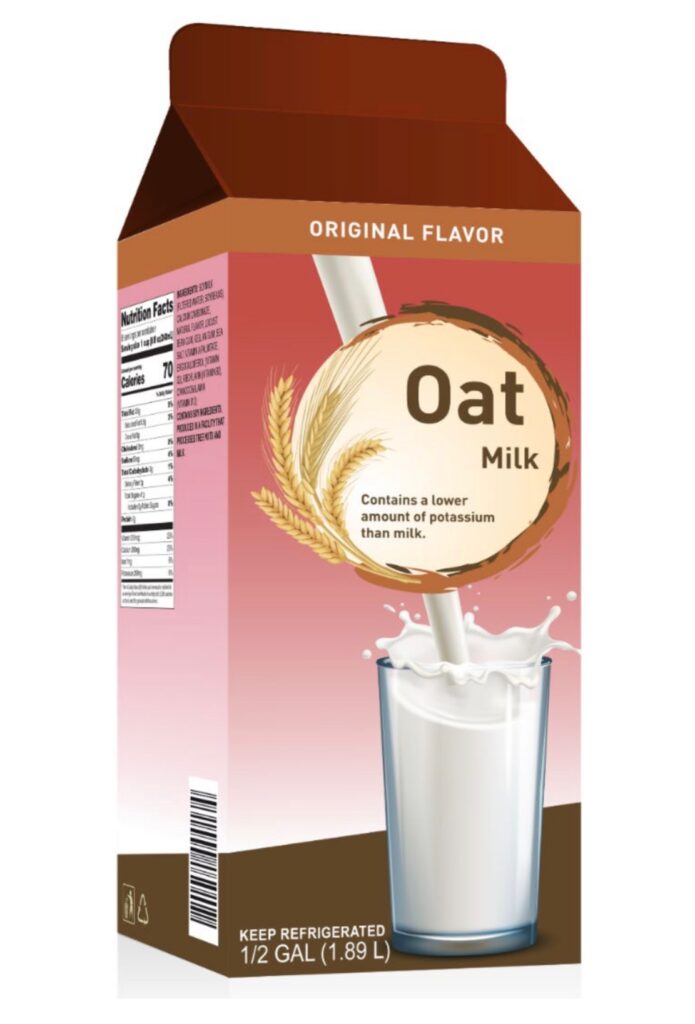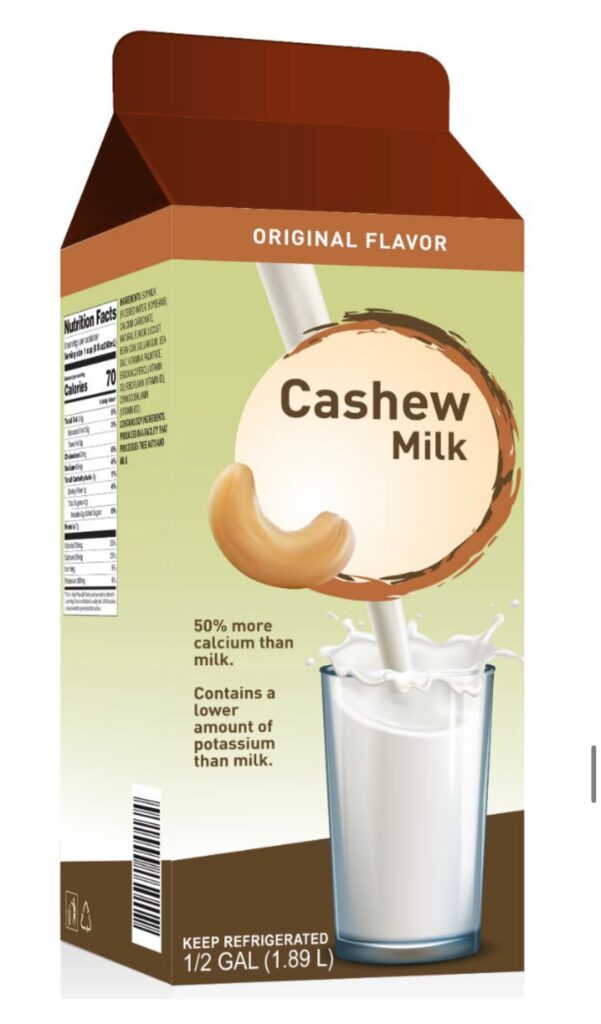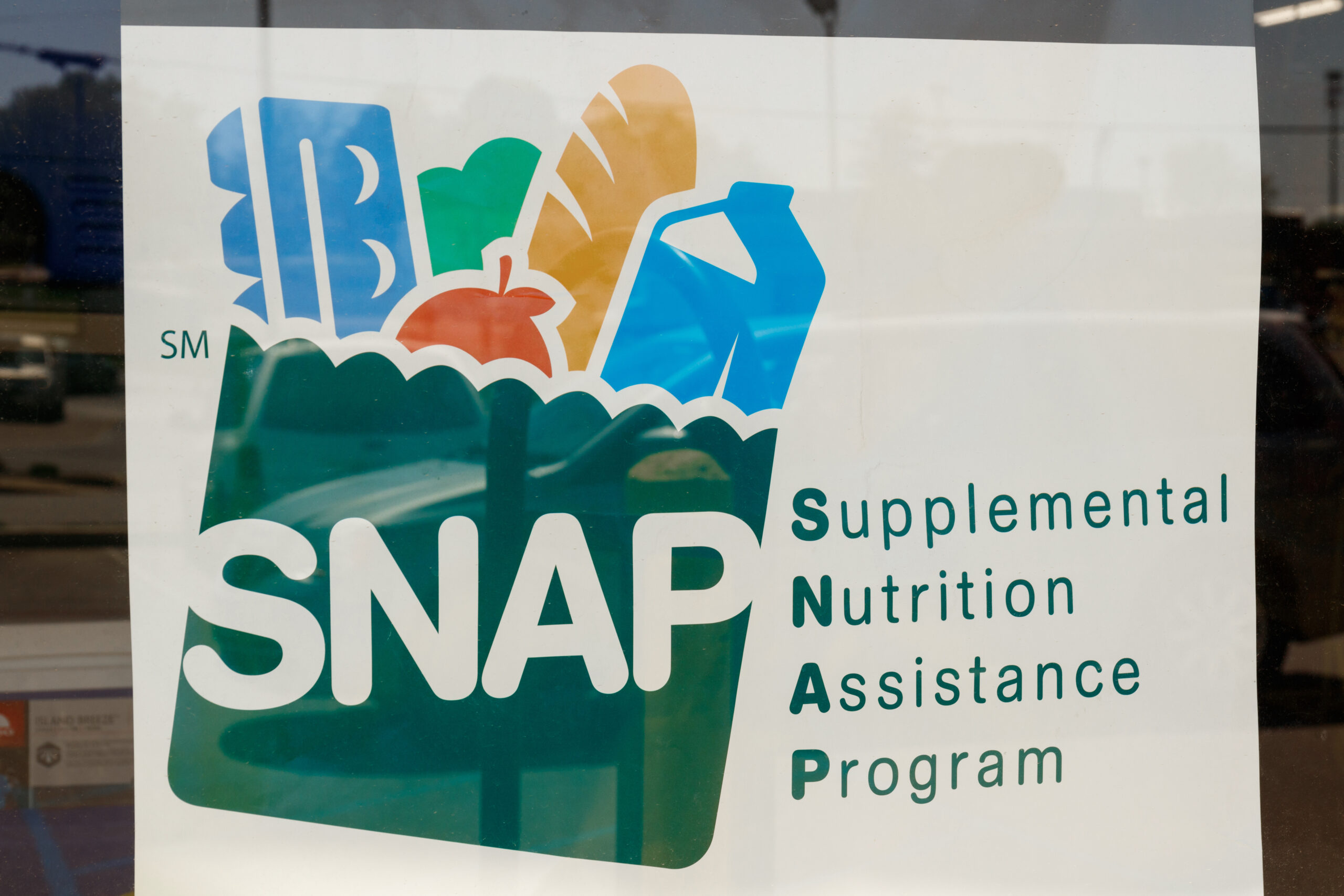Happy Friday and welcome to Food Fix. Thanks for being here! If you’re not yet a paid subscriber, you missed my guide to what key groups think about FDA’s proposed update to ‘healthy’ food labels.
Subscribe now: If you find this newsletter useful, you should consider becoming a paid subscriber to unlock two newsletters a week. Find subscription options here. There are special rates for groups, academia, government and full-time students.
Food Fix in the news: Capital Weather Gang, the Washington Post’s popular weather account, shared a picture I tweeted Thursday of people ice skating in 76-degree weather. Needless to say, this is not normal for February here in Washington. It was a lovely day, but really does come with a dose of impending doom when you understand the risk climate changes poses to food production (and everything else).
As always, I really appreciate your feedback. Reply to this email or shoot me a note (helena@foodfix.co) with your thoughts and story ideas.
Alright, let’s get to it –
Helena
***
Today, in Food Fix:
– Thirty-two states brace for major drop off in SNAP benefits
– FDA rules oat milk, etc. can still use ‘milk’ with nutrition disclosure
– Independent grocers seek inclusion as health care dollars go toward food
***
The SNAP benefits cliff is here
In the coming days, millions of American households that have been getting extra Supplemental Nutrition Assistance Program (AKA food stamp) benefits throughout the pandemic will see their benefits decrease. For many, the dropoff will be dramatic.
The looming March 1 benefits cliff has been the subject of a steady drip of press coverage, most notably in the states that are affected by it. Several states have already dropped their stepped-up pandemic aid, but – other than Georgia and Florida – the most populated states in the U.S. haven’t yet pared back benefits to pre-pandemic levels.
SNAP has never seen this steep of a dropoff in benefits. In the aftermath of the Great Recession, Washington eventually stopped providing a modest bump in benefits (which was part of the big Obama-era stimulus package), but that cliff was small compared to this one.
Why is this happening now? These increased benefits levels – known in Washington as emergency allotments – were never meant to be permanent. While the federal public health emergency won’t sunset for a couple more months, the stepped-up payments are ending early because of a deal Congress struck at the end of the year, which used the savings from pulling the plug early to pay for a permanent summer grocery benefits program for kids (AKA Summer EBT).
Impact: The average cut in benefits is estimated to be $82 per person, per month. Older adults are expected to experience the steepest decline in benefits. For example, monthly SNAP benefits for a single adult could fall by as much as $281 to $23, per the Food Research & Action Center. The anti-hunger group has developed state-by-state fact sheets on the impact of the cuts.
NBC News made a helpful map of which states are ending their increased benefits in March. The light green indicates which states are about to feel the impact:
By the numbers: In all, this benefits cliff will affect nearly 32 million people in 32 states, plus the District of Columbia, Guam and the U.S. Virgin Islands, according to Lauren Bauer, a fellow in Economic Studies at the Brookings Institution and the associate director of The Hamilton Project.
Bauer told me she hopes that going forward, policymakers will work to avoid such abrupt ends to aid.
“The next time there is a recession where SNAP can play a stabilizing role, the strategy should start with increasing the value of the maximum benefit and disregarding [unemployment insurance],” Bauer said. “This should be the first and last time a benefit cliff of this magnitude should loom over the tail end of a crisis.”
Food insecurity impact: Early data suggests that food hardship has increased in the states that ended their emergency allotments early.
Propel, a tech company that runs Providers, a mobile app used by millions of SNAP households to track their benefits, has been sharing data from their users that indicates a pretty significant impact. Here’s one chart that stood out to me from last summer. It shows their users reported a higher incidence of skipping meals after emergency allotments ended:
Food banks prep for onslaught: Food banks across the country are bracing for another wave of need after a straining couple of years.
“We are planning for an influx,” Nicholas Jenkins with the Chesterfield Food Bank told a Richmond, Va. local news outlet.
Food banks have become among the most vocal advocates for SNAP benefits, in part because the program provides several times more meals than the entire food bank network can.
Instacart this week announced the company is launching a special initiative to help boost donations to food banks in “nearly every state where emergency SNAP funding is expiring,” the company said. The campaign allows individuals to donate grocery items that their local food banks say they need the most. Instacart shoppers will then deliver the donations to food banks, the company said.
Farm bill timing: The unprecedented (and unavoidable) cut to SNAP benefits that were bolstered to get us through a crisis is coming at a strange time, as Congress is looking to reauthorize a farm bill this year. (For the uninitiated: The vast majority of the farm bill is now SNAP spending – key food and farm programs go together on Capitol Hill.)
Some Republicans have been quite vocal in complaining about how much SNAP costs have ballooned in recent years – the annual price tag has nearly doubled since 2019, to just under $120 billion. That increase is due partly to emergency allotments, partly to food inflation, and partly to the way the Biden administration updated the so-called Thrifty Food Plan, which sets SNAP benefit levels, back in 2021. That update resulted in a historic and permanent increase to benefits (about 27 percent). As I recently wrote, this move infuriated Republicans on Capitol Hill who argue the administration went around Congress.
This week at USDA’s Ag Outlook Forum, I asked Agriculture Secretary Tom Vilsack if he thought the benefits cliff would affect the farm bill dynamic at all.
“It would be a heck of a lot more dramatic were it not for the Thrifty Food Plan revaluation and for the inflation adjustment that was done earlier this year – it would be quite dramatic,” he told reporters.
“I think we have to have a conversation with the country, as we often have when we reauthorize a farm bill, about precisely what this program is and who benefits from it,” Vilsack said. “I think there is a belief that there are a lot of folks enrolled in the program that are taking advantage of the program when in fact that is not the case.”
Conservative Republicans have been making a stir lately about using the looming fight over raising the debt ceiling to try to extract cuts from SNAP through imposing work requirements on certain recipients (but I wrote recently about why this is unlikely to happen).
#DefendSNAP: Democratic lawmakers, meanwhile, have taken to social media this week to launch a campaign to push back against any Republican attempt to rein in SNAP spending, using the hashtag #DefendSNAP. Here’s one tweet from House Agriculture Committee Dems: “Adding more punitive, additional work requirements to SNAP is the same old story with House Republicans. They tried this in the 2018 Farm Bill and were roundly rejected.”
***
FDA rules oat milk, etc. can still use ‘milk’ – with nutrition disclosure
The FDA on Wednesday released a long-awaited draft guidance that concluded plant-based alternative milk products – think oat, almond and soy milk – can still use the term “milk” in their names, but the agency recommended companies add a clear disclosure indicating how they are nutritionally different from cow’s milk.
Here are some examples of how this might look in practice:


Wonky note: FDA guidance, it should be noted, is not the same as a regulation. It’s technically voluntary and nonbinding. But the food industry takes these policy documents seriously, and a company can face legal risks for not following them.
Why is this even a thing? Dairy producers have complained for decades that plant-based alternatives have confused consumers and fueled an erosion of fluid milk consumption (though overall per-capita dairy consumption is at record levels). The industry has long lobbied Capitol Hill and FDA to crack down on dairy terms (to be clear this guidance only applied to milk, but other terms like cheese and ice cream are also hot debates). FDA has dragged its feet for several years on litigating this politically touchy issue.
The agency’s new policy is basically saying, “We disagree that consumers are confused by terms like ‘oat milk’ – they get that it’s not cow’s milk – but there is some evidence that consumers do not understand the nutritional differences between all of these products.” Asking the industry to voluntarily add a nutritional disclosure for using the term “milk” is a compromise – and one that kinda pisses everyone off.
Various degrees of mad: I don’t think I saw any statements firmly supporting this new policy. The National Milk Producers Federation called it “a step toward labeling integrity,” but also said it “falls short of ending the decades-old problem of misleading plant-based labeling using dairy terminology.” The group said it would continue advocating on Capitol Hill for a bill that would fully nix terms like milk, yogurt and cheese for these alternative products. (Dairy-state lawmakers have pushed this legislation for years, but so far haven’t had success.)
Advocates for the plant-based industry were even more angry about the FDA proposal, arguing that the policy singles out a class of products to be unfairly compared to another and even hinted at potential legal action. The Plant Based Foods Association called the agency’s decision “unprecedented, unwarranted, and a solution in search of a problem.”
Rebecca Cross, founding partner at law firm Greenfare Law, told AgFunderNews that the draft guidance “is actually quite shocking, as it treats plant-based milks unlike any other food product. If finalized, the guidance should not survive a First Amendment challenge.”
FDA releases guidance list: While we’re on the topic of FDA guidance – nonbinding, but also sort of binding – the agency on Thursday released a list of topics it may issue guidance on in the next 12 months or so, from cell-based protein to arsenic in apple juice.
***
Independent grocers urge inclusion as health care dollars go toward food
The National Grocers Association, a trade group representing independent food retailers, sent a letter to White House officials asking for a “convening of stakeholders to address the growing problem of the exclusion of independent grocers and their customers from important health benefit programs funded by health insurance plans.”
“Private health plans, including Medicare Advantage health plans, are increasingly issuing supplemental health benefit cards that allow policyholders to purchase healthy foods in grocery stores,” the group writes. “Unfortunately, these restricted-spend cards are preventing these individuals from shopping where they choose and excluding the entire independent grocery segment from program delivery.”
Big picture: This idea of using health care dollars to buy healthy food, whether medically-tailored meals or produce prescriptions, or otherwise, has been picking up serious momentum, as I’ve reported. This is an area to watch.
***
What I’m reading
How food is national security (Longer Tables). Secretary of State Antony Blinken joins José Andrés on his podcast for a wide-ranging conversation about the high food security stakes in Ukraine, culinary diplomacy, and more. One fun tidbit: Growing up in Paris, Blinken’s favorite meals were often at McDonald’s.
Congressional Hispanic Caucus planning to stand up a farm bill task force (Bloomberg Government). Bloomberg’s Maeve Sheehey scooped that this caucus is prepping to engage more formally on the farm bill as a handful of Latino and Hispanic members of Congress are newly joining the House Agriculture Committee. The task force will be chaired by Rep. Jim Costa (D-Calif.). “Members of the CHC have pushed for immigration bills that would provide earned legal status for farmworkers who come to the US,” Sheehey noted.
Death on a dairy farm (ProPublica). A gut-wrenching story about the death of an 8-year-old Nicaraguan boy on a Wisconsin dairy farm and the many levels of policy failure that contributed, both to the accident and to the incomplete investigation that followed. This story by Melissa Sanchez and Maryam Jameel is worth your time, though be cautioned it contains descriptions of childhood injury and death.
Why craft beer brewers are toasting President Carter (WUSA). “President Jimmy Carter famously didn’t drink when he was in office. In fact, he reportedly didn’t allow alcohol in the White House,” reports Casey Nolen. But it was Carter that signed H.R. 1337 and “essentially lifted 50 years of prohibition regulations on home brewing that made it possible for hobbyists to legally brew at home.”
***
Love Food Fix? Get more by subscribing
If you find this newsletter useful, consider supporting our work by becoming a paid subscriber.
Subscribing to Food Fix unlocks access to two newsletters each week, packed with insights and analysis on food happenings in Washington and beyond.
Check out subscription options, including discounted rates for students, groups, academia and government. You can also follow Food Fix on Twitter and LinkedIn.
Get on the list: If someone forwarded you this newsletter, sign yourself up for the free Friday edition.
See you next week!


